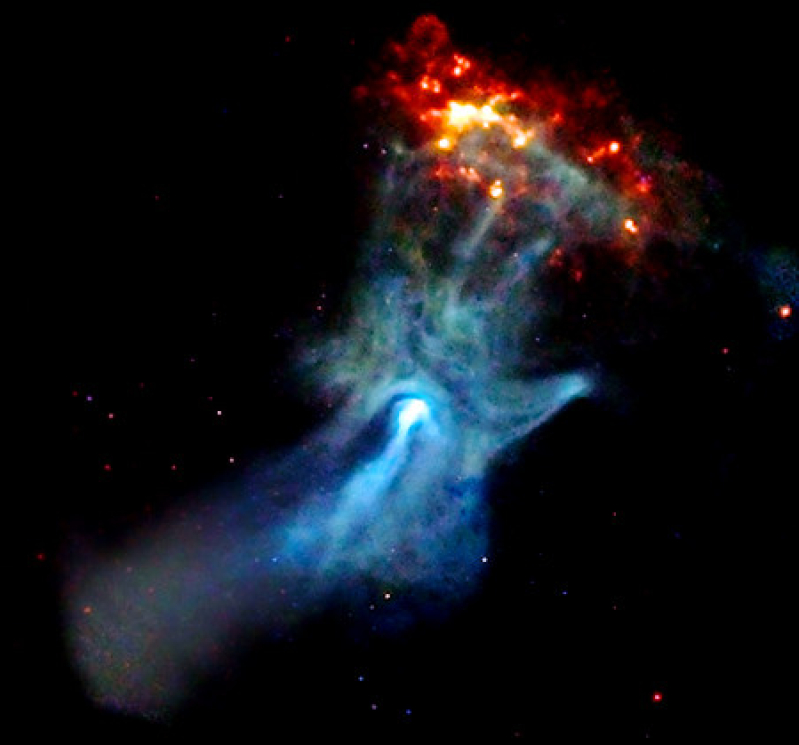
A new study revealed perplexing details about 574 massive, ancient galaxies lurking at the faraway region of the universe. Scientists explained that these monstrous galaxies came into existence so close to the time of the Big Bang.
Scientists found the ancient galaxies by looking for light close to infrared. They used this method because universe expands at an inceasing rate, causing their light to be distorted. By using infrared light, scientists cut the distance that obscures these first galaxies.
Furthermore, these objects are so old that they have indefinite shape compare to our spiral galaxy-- the Milky Way. A documentary from European Southern Observatory (ESO) details the characteristics of these ancient galaxies.
"We are talking about massive galaxies, twice as massive as the Milky Way today," Karina Caputi, lead author of the study from University of Groningen in the Netherlands, said in a statement. Current models of the universe can't even predict the exact date when these massive galaxies formed.
When researchers look at these galaxies, they are actually looking back in time. In order to observe these earliest objects in our universe, they need to spot extremely faint and faraway star systems, which can only be found using infrared technology.
In the latest study, the researchers used the data from Spitzer Space Telescope, an infrared telescope, and ESO's Visible and Infrared Survey Telescope for Astronomy (VISTA), which is located at Chile.
The Spitzer allows researchers to look for fainter galaxies that were not easy to spot because of its distance. Since December 2009, the VISTA telescope helped the researchers to scrutinize one part of the universe. The telescope was also used to determine the age of these faint galaxies.
According to Henry McCracken, co-author of the study from Institut d'Astrophysique de Paris in France, they are studying one part of the sky over and over again to fully understand the characteristics of the galaxies.
The results in the latest study were released for free so that other astronomers could analyze it. The released information allows other researchers to follow up the recent findings.
The team of researchers found that the most massive galaxies were not formed until around 1 billion years after the Big Bang. In addition, they expect that large galaxies were much more common at the time than we'd realized.
To know more about the latest study, read the recent edition of Astrophysical Journal.







